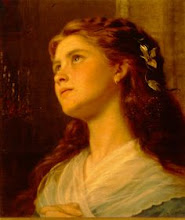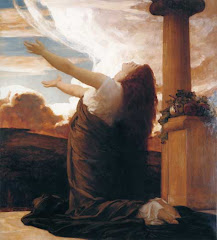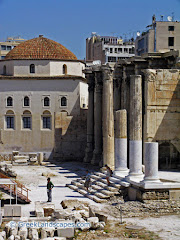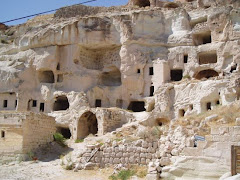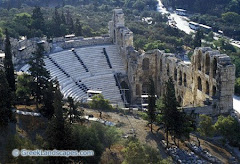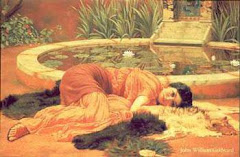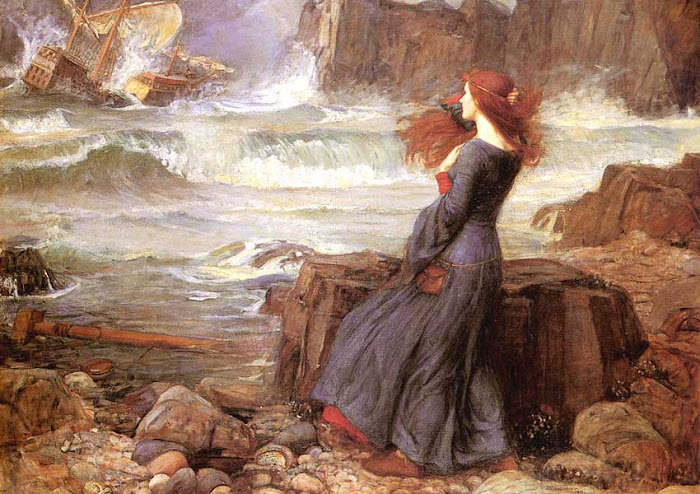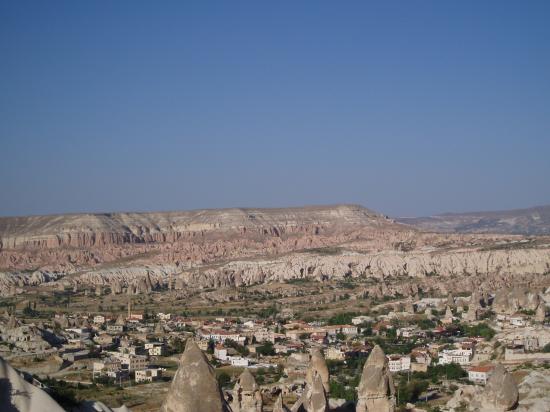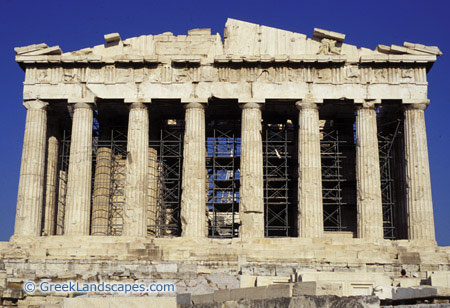 Hola, Bloggers! This time, Ophelia goes country and revisits the two classic lady icons of Country Music! I was raised as a country girl and I grew up hearing country music from the time that I was still in mama's womb...lol! Yes, mama was a great fan of country music so I am really a country girl at heart. At this point, let me start off with the Golden Lady of Nashville, Emmylou Harris. We have almost all of her record albums, believe it or not, but i want to share with you one particular song of Emmylou Harris that I really, really love...
Hola, Bloggers! This time, Ophelia goes country and revisits the two classic lady icons of Country Music! I was raised as a country girl and I grew up hearing country music from the time that I was still in mama's womb...lol! Yes, mama was a great fan of country music so I am really a country girl at heart. At this point, let me start off with the Golden Lady of Nashville, Emmylou Harris. We have almost all of her record albums, believe it or not, but i want to share with you one particular song of Emmylou Harris that I really, really love...

Nanci Griffith is the other classic country music icon that mama loved very much and I love her too. (Whoever mama loved, I love too...lol...bless her soul!) I think mama had really passed on to me her love for country music and I don't mind it because I reallyyyyyyyyy, reallyyyyyy love countryyyy!!!...lol (Ophelia has gone crazy).
Over a span of more than 20 years, from the straits of Juan De fuca to the east of Portland, Maine, this Texas songwriter has been observing others and sketching her impressions of them -- in two novels (unpublished) and countless songs, such as ''Hometown Streets,'' ''Trouble in the Fields,'' ''Love at the Five and Dime'' and her signature tune, ''It's a Hard Life Wherever You Go.'' To know her -- to really get to be her pal -- is to realize that your exploits may someday wind up on a record for the whole world to hear.
Herein I want to share with you one of my favorite Naci Griffith songs...

Oh, I wish it would rain, it's gonna wash my face clean
I wanna find some dark cloud to hide in here
Oh, love and a memory sparkle like diamonds
When the diamonds fall they burn like tears
When the diamonds fall they burn like tears
Once I had a love from the Georgia Pines who only cared for me
I want to find that love of twenty-two here at thirty-three
I've got a heart on my right and one on my left, it neither suits my needs
No, the one I love is way out West and he never will need me
So I wish it would rain and gonna wash my face clean
I want to find some dark cloud to hide in here
Oh, love and a memory sparkle like diamonds
When the diamonds fall they burn like tears
When the diamonds fall they burn like tears.
Gonna pack up my two-step shoes
And head for the Gulf Coast plains
I wanna walk the streets of my own hometown
Where everybody knows my name
I want to ride a ways down in Galveston
When the hurricanes blow in
'Cause that Gulf Coast water tastes sweet as wine
When your heart's rolling home with the wind.
And I wish it would rain and gonna wash my face clean
I wanna find some dark cloud to hide in here
Oh, love and a memory sparkle like diamonds
When the diamonds fall they burn like tears
When the diamonds fall they burn like tears.
~~Recorded and sung by Nanci Griffith~~
"and we can be anywhere and never leave home
with your hand to hold ... we are two for the road
two of a kind heart ... two for the road"
"Dance a little closer to me,
dance a little closer now
Dance a little closer tonight
Dance a little closer to me,
'cause it's closing time
And love's on sale tonight at this five and dime"
~~Nanci Griffith, Love at this Five and Dime~~

Have a great weekend ahead bloggers! Always keep in mind that music is the language of the soul and God can give us a song in the night...a wonderful song of life, love and light.
Take care one and all and God bless!
Sincerely, Ophelia
 Emily Jane Bronte (1818-1848)
Emily Jane Bronte (1818-1848) Top Withens: believed to be the setting of Bronte's Wuthering Heights
Top Withens: believed to be the setting of Bronte's Wuthering Heights








 e of Asia.
e of Asia.

































